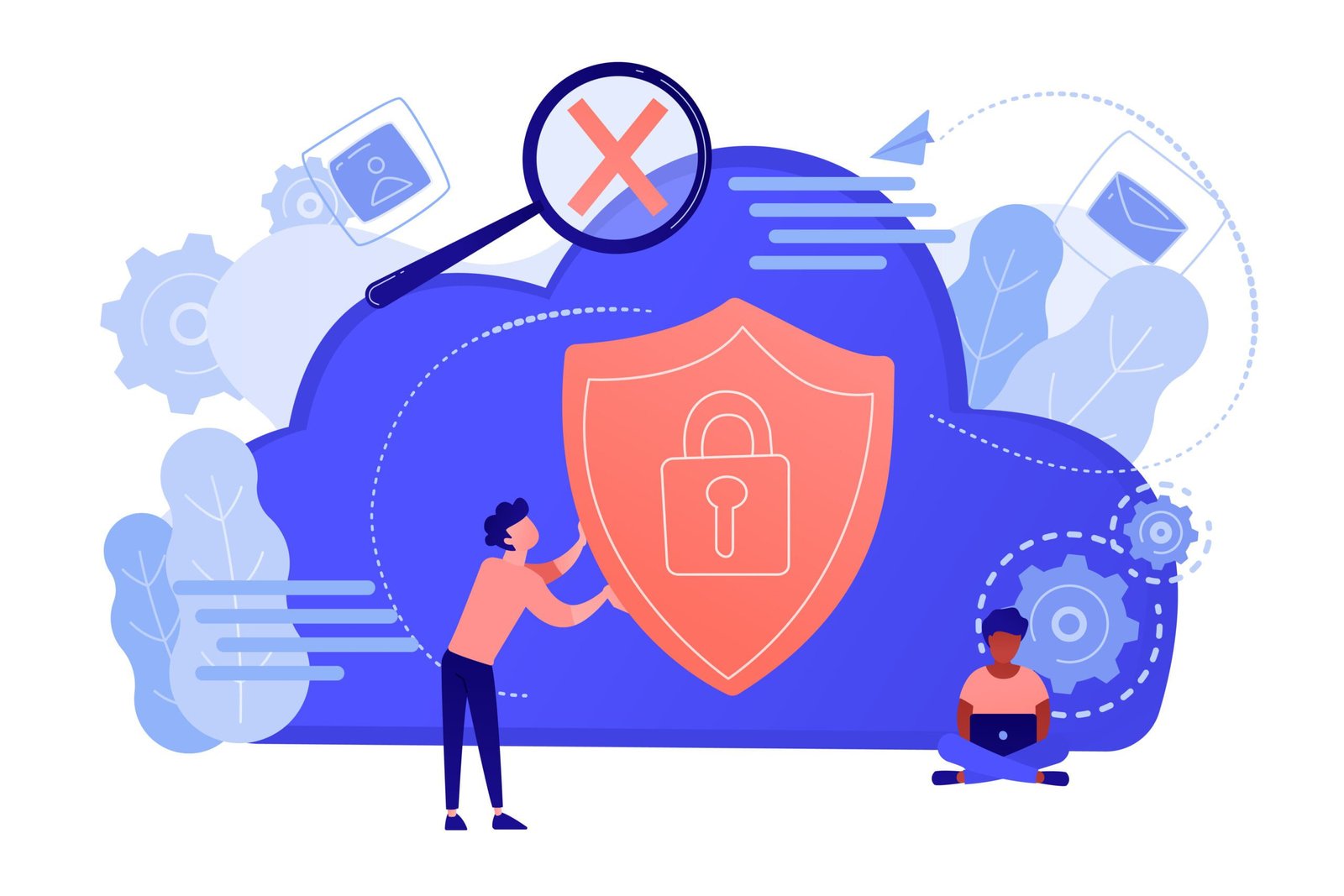
Abid Patel is an academy trust IT Director with over 19 years of experience working in Education Technology. He supports and inspires positive digital transformation and cyber security in educational establishments worldwide.
Cyber attacks on schools and academy trusts are becoming increasingly more common, as starkly demonstrated by recent statistics from the National Cybersecurity Schools Audit, which reported that almost four in five schools fell victim to at least one type of cyber-incident in 2022. Given these figures, and also taking into account the scale of chaos, disruption and data-breaches that cyber attacks can inflict on education establishments, it is imperative that trust leaders ensure that cyber security remains a consistently high priority. This means not only staying alert and having a clear understanding of the different forms that cyber attacks can take, but also understanding how to mitigate the risks and how best to protect your trust against them. In the following article Abid Patel shares his advice for trust leaders on how to build robust cyber security across academy trusts, to help to protect your trust from cyber attacks.
Technology plays an ever growing role in our lives and is now so heavily embedded into the everyday, that we sometimes forget that it’s even there. When we wake up in the morning, what’s the first thing that we touch? It’s usually our smartphone, to switch off the alarm (does anyone even still have traditional alarm clocks these days?) We might then launch a plethora of apps from a forever growing library to help make our lives easier or more entertained. Whether it’s to check missed group messages on WhatsApp, our calendars to see what’s in store for the day, or the web browser to see what’s going on in the world, our days invariably begin with technology, often before we’re even out of bed.
Then we get to work. Whether we’re in an office or a classroom, one of the first tasks of the day usually involves switching on the computer, interactive whiteboard, visualiser and whatever other items of tech we rely on to get on with our work. Inevitably, there are those days where the tech refuses to work. Think of the emotions that suddenly come flooding in. Feelings of annoyance, anger, dread, stress, anxiety! “I’ve got a really busy day or an important meeting or a lesson observation. I haven’t got the time to deal with these issues!”


